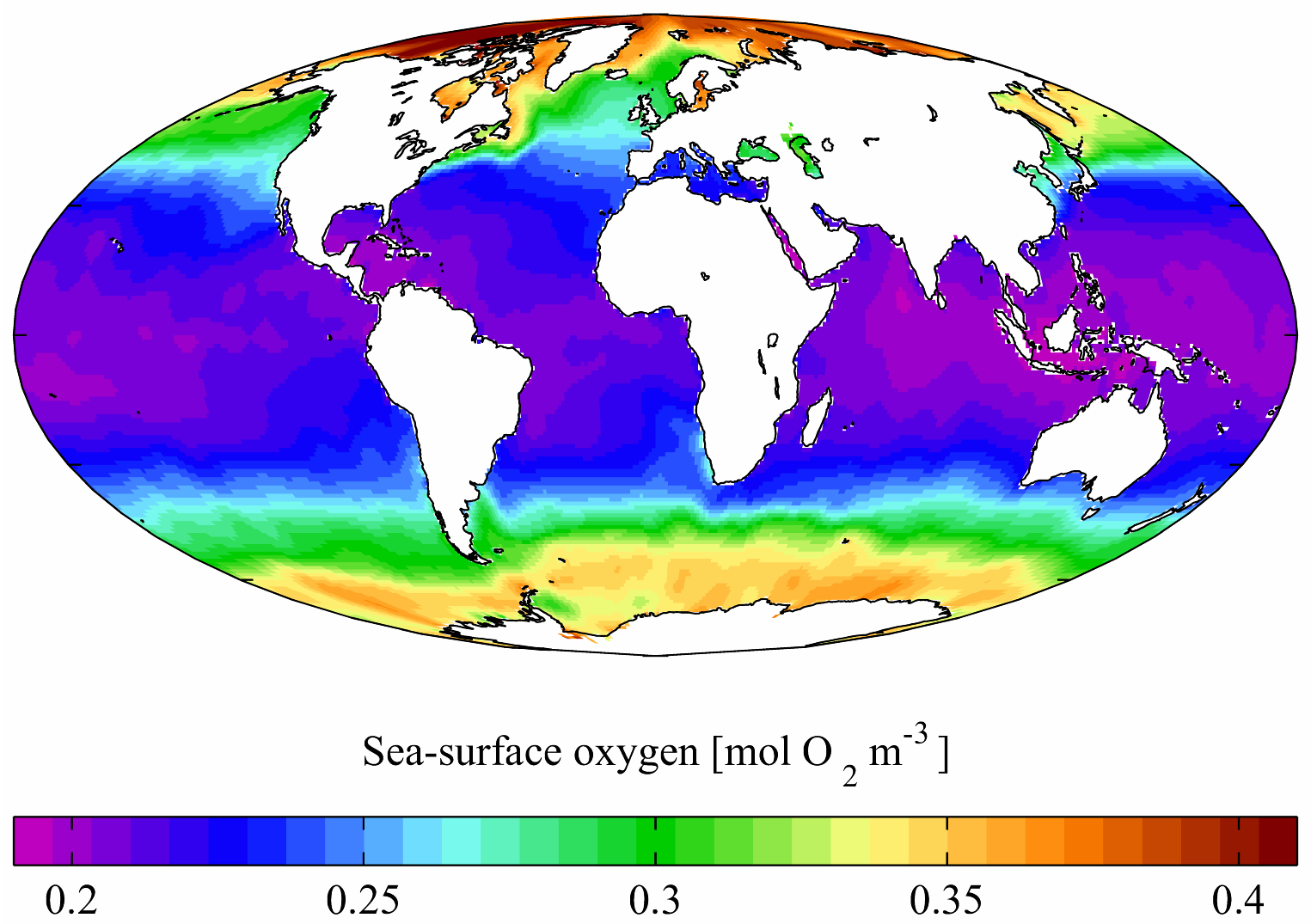Oxygen saturation
|
WikiDoc Resources for Oxygen saturation |
|
Articles |
|---|
|
Most recent articles on Oxygen saturation Most cited articles on Oxygen saturation |
|
Media |
|
Powerpoint slides on Oxygen saturation |
|
Evidence Based Medicine |
|
Cochrane Collaboration on Oxygen saturation |
|
Clinical Trials |
|
Ongoing Trials on Oxygen saturation at Clinical Trials.gov Trial results on Oxygen saturation Clinical Trials on Oxygen saturation at Google
|
|
Guidelines / Policies / Govt |
|
US National Guidelines Clearinghouse on Oxygen saturation NICE Guidance on Oxygen saturation
|
|
Books |
|
News |
|
Commentary |
|
Definitions |
|
Patient Resources / Community |
|
Patient resources on Oxygen saturation Discussion groups on Oxygen saturation Patient Handouts on Oxygen saturation Directions to Hospitals Treating Oxygen saturation Risk calculators and risk factors for Oxygen saturation
|
|
Healthcare Provider Resources |
|
Causes & Risk Factors for Oxygen saturation |
|
Continuing Medical Education (CME) |
|
International |
|
|
|
Business |
|
Experimental / Informatics |
Template:WikiDoc Cardiology News Editor-In-Chief: C. Michael Gibson, M.S., M.D. [1]
Oxygen saturation is a relative measure of the amount of oxygen that is dissolved or carried in a given medium. It can be measured with a dissolved oxygen probe such as an oxygen sensor or an optode in liquid media, usually water.
Medical science
In medicine, oxygen saturation (SO2) measures the percentage of hemoglobin binding sites in the bloodstream occupied by oxygen. At low partial pressures of oxygen, most hemoglobin is deoxygenated. At around 90% (the value varies according to the clinical context) oxygen saturation increases according to an oxygen-haemoglobin dissociation curve and approaches 100% at partial oxygen pressures of >10 kPa. A pulse oximeter relies on the light absorption characteristics of saturated hemoglobin to give an indication of oxygen saturation.
An SaO2 (arterial oxygen saturation) value below 90% is termed hypoxemia. This may be due to various medical conditions.
The SvO2 (venous oxygen saturation) is measured to see how much oxygen the body consumes. Under clinical treatment, a SvO2 below 60%, indicates that the body is in lack of oxygen, and ischemic diseases occur. This measurement is often used under treatment with a heart-lung machine (Extra Corporal Circulation), and can give the perfusionist an idea of how much flow the patient needs to stay healthy.
Tissue oxygen saturation (StO2) can be measured by near infrared spectroscopy. Although the measurements are still widely discussed, they give an idea of tissue oxygenation in various conditions.
Saturation of Peripheral Oxygen (SpO2) is an estimation of the oxygen saturation level usually measured with a pulse oximeter device.
Environmental sciences

In aquatic environments, oxygen saturation is a relative measure of the amount of oxygen (O2) dissolved in the water. Dissolved oxygen (DO) is measured in standard solution units such as millimoles O2 per liter (mmol/L), milligrams O2
- 20 °C, normal pressure, freshwater: 9.1 mg/L = 100% saturation
Solubility tables (based upon temperature) and corrections for different salinities and pressures can be found at the USGS web site.
Tables such as these of DO in milliliters per liter (ml/L) are based upon empirical equations that have been worked out and tested (e.g.,Weiss, 1970):
<math>ln(DO) = A1 + A2*100/T + A3*ln(T/100) + A4*T/100 + S*[B1 + B2*T/100 + B3*(T/100)^2]</math>
<math>A1 = -173.4292</math> <math>A2 = 249.6339</math> <math>A3 = 143.3483</math> <math>A4 = -21.8492</math> <math>B1 = -0.033096</math> <math>B2 = 0.014259</math> <math>B3 = -0.001700</math>
T = temperature in kelvins, and S = salinity in g/kg. DO = dissolved oxygen in ml/L. ln is the natural log. Multiply DO by 1.4276 to obtain mg/L.
Supersaturation can sometimes be harmful for organisms and cause gas bubble disease.
DO - at least 4 - 6 mg/L (ppm), but more is better
References
- Weiss, R. (1970) Deep-Sea Res. 17, 721-735
- Interactive haemoglobin saturation graph
See also
- Wastewater quality indicators discusses both Biochemical oxygen demand (BOD) and Chemical oxygen demand (COD) as indicators of wastewater quality.